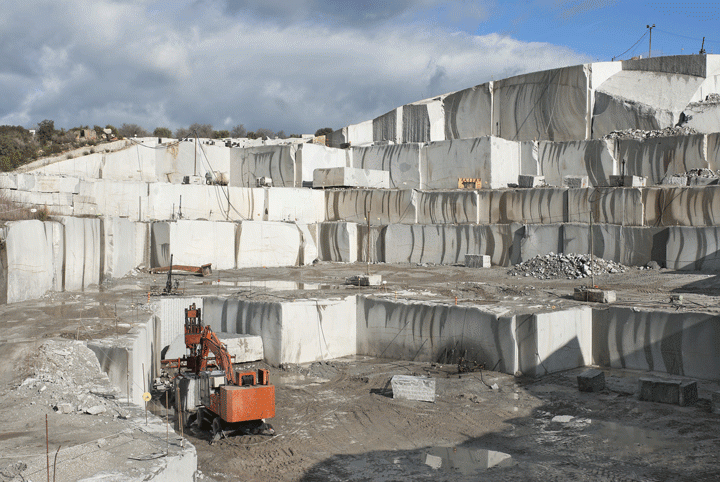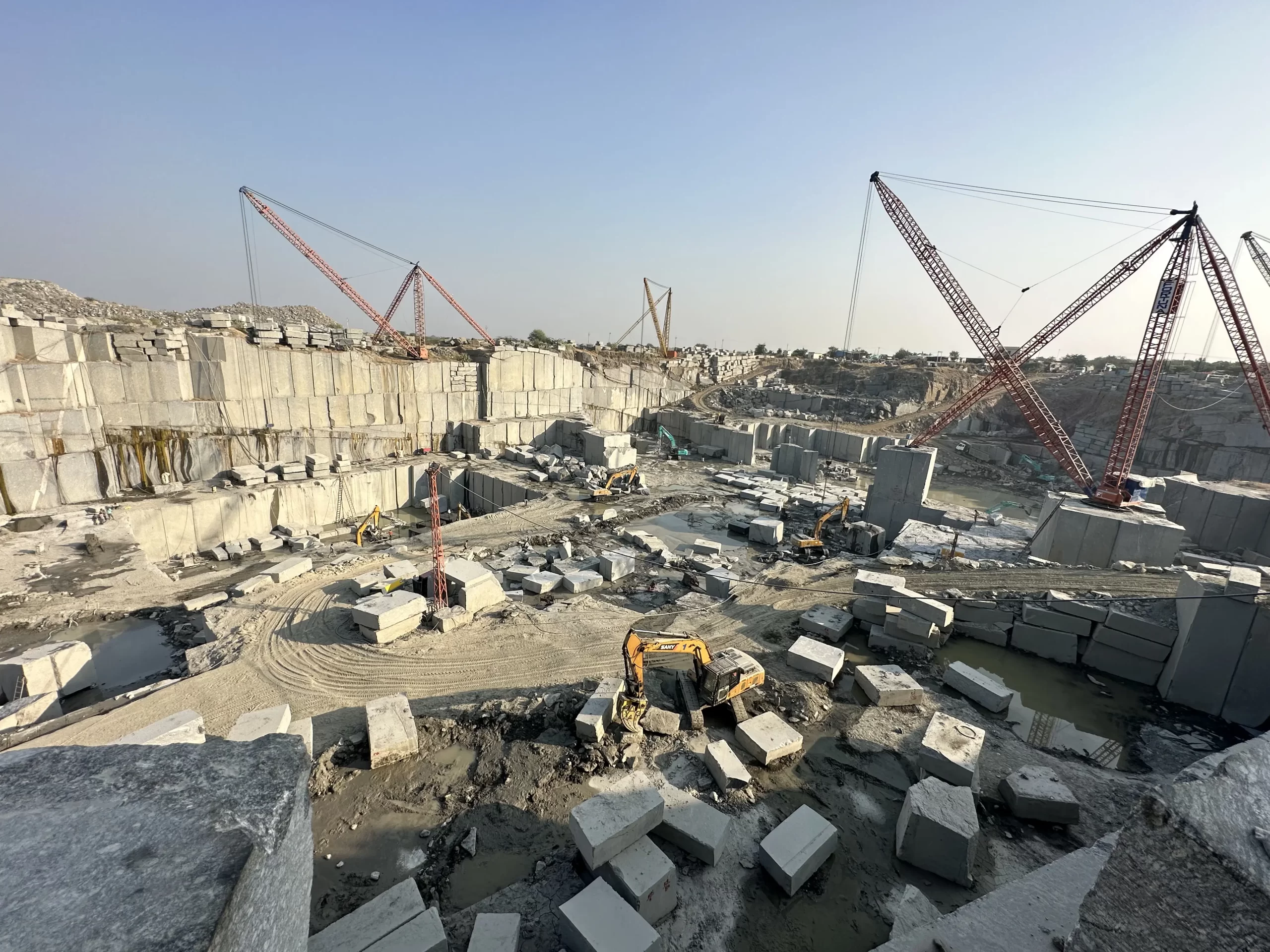The Covert Gems: Checking Out Granite Quarries in South Africa
The Covert Gems: Checking Out Granite Quarries in South Africa
Blog Article
Letting Loose the Elegance and Longevity of Granite Quarry: A Trip Through Time
Granite quarries stand as testaments to both the geological wonders of our world and the enduring craftsmanship of mankind. The trip with time that granite quarrying represents is a compelling narrative of advancement, willpower, and the complex dancing in between nature and industry. Understanding the beginnings of this olden method, the evolution of strategies and tools utilized, and the modern relevance of granite quarrying reveals a tapestry rich in history and importance. As we peel off back the layers of time and explore the detailed globe of granite quarrying, we uncover a story that not just showcases the beauty and longevity of this marvelous stone however likewise drops light on the extensive impact it has carried worlds past and present.

The Beginnings of Granite Quarrying
In the record of history, the origins of granite quarrying can be mapped back to old human beings where the quest for sturdy structure materials fueled the appearance of this classic craft. From the marvelous structures of old Egypt to the special temples of Greece, granite has actually been respected for its stamina, beauty, and long life. The Egyptians, with their sophisticated quarrying techniques, were amongst the very first to remove granite on a huge scale, utilizing it to build huge pyramids and complex statues that have actually endured the examination of time.
As worlds evolved, so did the techniques of quarrying granite. The Romans further fine-tuned the methods, creating tools and equipment to extract and transportation granite over vast distances for their building projects. The longevity and aesthetic charm of granite made it a prized material for basilicas, monoliths, and sculptures throughout the ages.
Today, the tradition of old quarrying techniques survives on, with modern-day technology enhancing effectiveness while still paying tribute to the craftsmanship of our ancestors. The beginnings of granite quarrying offer as a testament to human ingenuity and the enduring attraction of this honorable stone.
Devices and Strategies of Quarrying
Exploring the meticulous craftsmanship of granite quarrying unveils a sophisticated range of tools and techniques carefully developed over centuries. Quarrying granite requires specialized equipment to extract the rock from the planet successfully and with accuracy. Modern quarries use diamond-wire saws, high-powered drills, and dynamites to disintegrate the granite in a controlled fashion. These devices enable the extraction of large blocks of granite while minimizing waste and ecological effect.
In addition to advanced equipment, conventional hand tools are still made use of in specific quarrying operations to make certain fragile precision in drawing out the rock. Chisels, hammers, and wedges are employed by skilled quarry workers to separate granite obstructs along natural cracks, a strategy that has been given via generations.
Additionally, strategies such as piercing vertical and horizontal holes for placing feathers and wedges, along with the controlled use nitroglycerins in calculated areas, make it possible for quarry employees to draw out granite efficiently while maintaining the honesty of the stone. The harmony in between modern-day technology and conventional craftsmanship is key to the lasting quarrying of granite for generations to come.
Development of Granite Quarries
The transformation of granite quarries gradually reveals an interesting story of technological improvement and industry development. From old times where manual tools like blades and hammers were made use of to extract granite blocks, to the industrial change presenting steam-powered machinery for faster quarrying, the development of granite quarries has actually been noted by substantial developments. In recent years, the arrival of ruby wire saws and advanced boring modern technologies has actually revolutionized the extraction process, enabling a lot more specific cuts and lowered wastefulness of raw material.

Granite Quarrying in Modern Times
The progression of granite quarrying techniques from historical reliance on manual devices to the cutting-edge methods of modern-day times emphasizes an impressive trip of technical advancement and sustainability methods within the market. In contemporary granite quarrying, advanced equipment such as ruby cable saws, high-capacity excavators, and electronic drilling equipment have actually reinvented the extraction process. These tools enhance performance, accuracy, and security, permitting bigger amounts of granite to be drawn out in a shorter duration compared to traditional approaches.
Additionally, contemporary quarrying practices focus on sustainability and environmental stewardship - granite quarries in south africa. Firms are progressively adopting eco-friendly strategies like water recycling systems, dirt suppression technologies, and rehab prepare for worn down quarries. These initiatives intend to reduce the ecological effect of granite removal, save all-natural Recommended Site resources, and recover quarried landscapes to their original state
In addition, the combination of electronic technologies like drones, general practitioner tracking, and 3D modeling has made it possible for quarry operators to maximize operations, enhance decision-making, and ensure the their explanation sustainable monitoring of resources. By accepting technology and sustainability, the granite quarrying industry in contemporary times remains to flourish while maintaining ecological responsibility.

Preserving and Securing Granite Quarries
Amidst the developing landscape of granite quarrying techniques, preservation and protection of these beneficial natural sites have actually ended up being paramount problems for market stakeholders and environmental supporters alike. As granite quarries continue to be an essential source of this coveted rock, it is important to adopt lasting strategies that guarantee their longevity and secure surrounding ecological communities.
Protecting granite quarries entails executing reliable improvement strategies to restore the land post-extraction. granite quarries in south africa. This procedure consists of reshaping the surface, replanting indigenous plants, and developing habitats for wild animals to thrive. By bring back quarries to their all-natural state, the environmental impact can be reduced, and the appeal of these landscapes can endure for future generations to value
Moreover, safeguarding granite quarries calls for implementing laws that govern responsible quarrying techniques. This includes monitoring water quality, managing dirt exhausts, and managing noise levels to see this page alleviate disruptions to the setting and nearby neighborhoods. Collective initiatives in between sector gamers, governmental bodies, and preservation teams are essential in maintaining these criteria and making certain the lasting use granite quarries.
Conclusion
In conclusion, the journey through time in granite quarrying exposes the origins, tools, techniques, and evolution of this practice. The modern era has brought developments in quarrying methods, allowing the preservation and protection of these valuable natural sources. It is very important to remain to promote lasting methods to make sure the appeal and sturdiness of granite quarries for future generations to appreciate.
Report this page